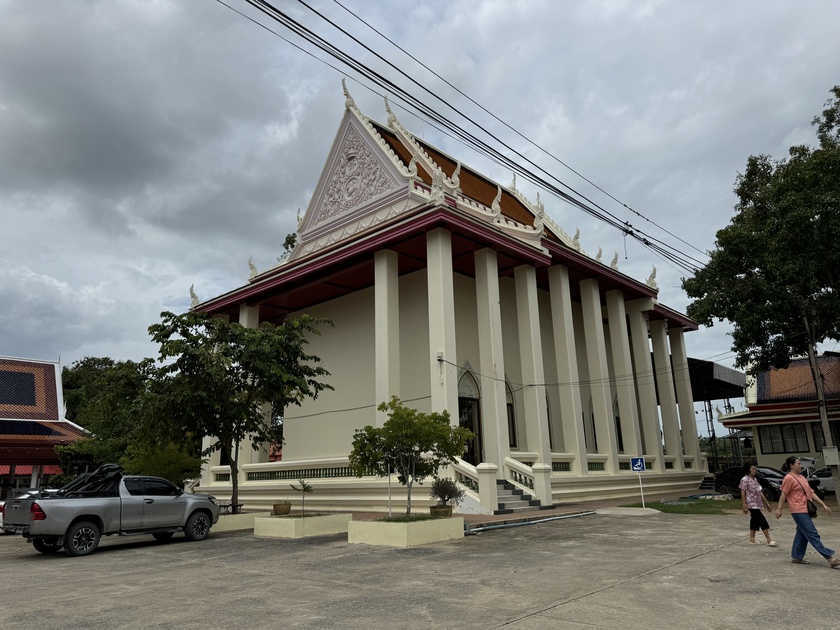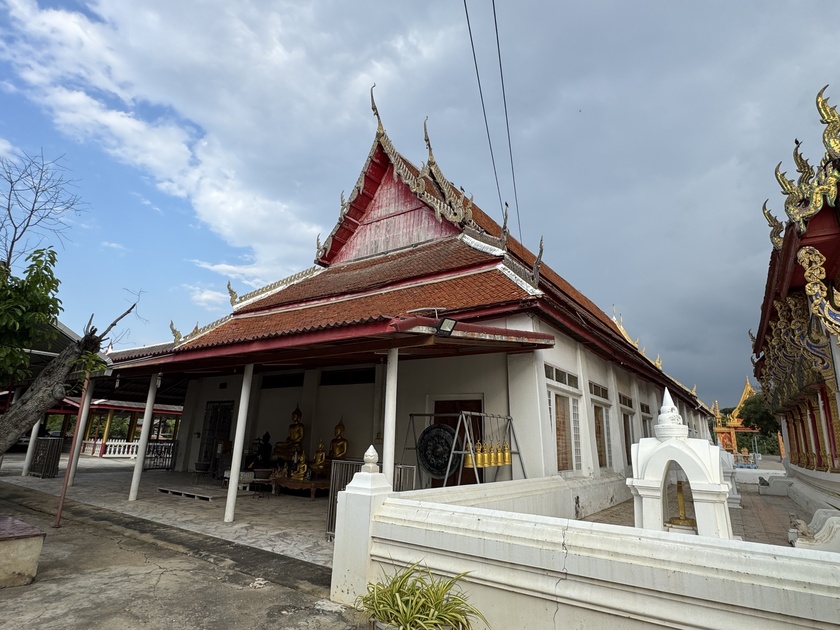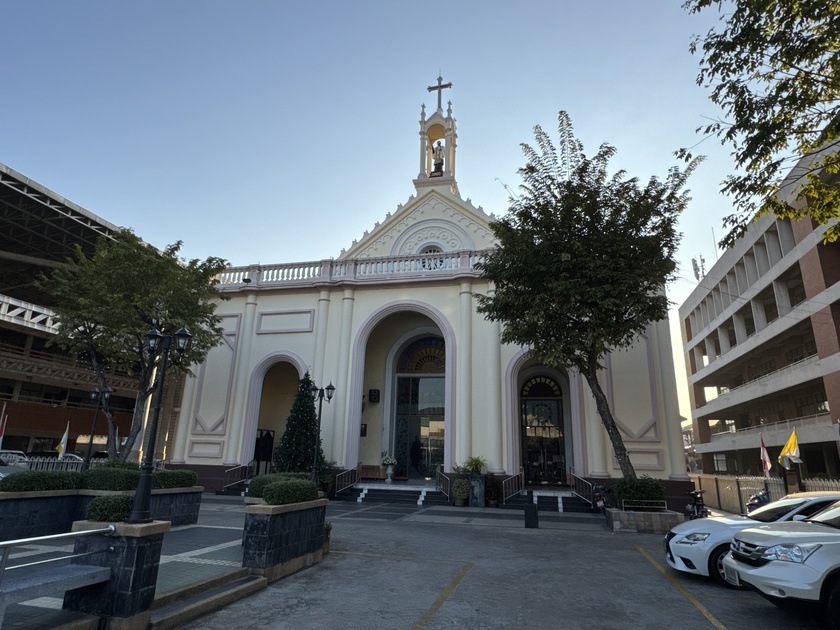Wat Chaiyo or Wat Ket Chaiyo was built during the Ayutthaya Period. It became important during the reign of King Rama IV. The venerable Somdet Phra Phutthachan (To Phromrangsi) of Wat Rakhang Khositaram built the large Buddha image in a subduing Mara gesture and placed it outdoors. However, the image collapsed soon after construction. He re-built it in the same pose but smaller, covered it in plaster and without gold leaf. As the image could be seen from far, the villagers called it Luangpho To (meaning huge image). Further temple restoration during the reign of King Rama V the Buddha image collapsed again. The King ordered the renovation of the image with steel bars inside. The new image was covered in gold leaf and monks’ robes and was given the new name by King Rama V the Great “Phra Maha Phutthaphim”. A new main chapel was constructed to house the image. Upon completion, King Rama V the Great established the temple as one of the royal temples.
To pay respect to Luangpho ...
History of Wat Phikun Sokhan (วัดพิกุลโสคันธ์)
Wat Phikun Sokhan, also known locally as Wat Phikun, is an ancient active Buddhist temple of the Mahanikay sect located in Phra Khao Subdistrict, Bang Ban District, Phra Nakhon Si Ayutthaya Province. It sits along the Bang Ban Canal, near Wat Phra Khao, in a serene rural setting.
The temple dates back to the late Ayutthaya period, with traditional accounts estimating its establishment around 1702 AD (circa พ.ศ. 2245). The name “Phikun” likely comes from the abundance of bullet wood trees (Mimusops elengi, known as พิกุล in Thai) that once grew on the grounds. Remarkably, unlike many temples in the region destroyed during the fall of Ayutthaya in 1767 AD, Wat Phikun Sokhan never became abandoned, remaining continuously inhabited and maintained through wars and floods.
The temple is particularly renowned for its large reclining Buddha image, Luang Pho Sokhan (or Luang Pho So), housed in the viharn—a ...
Ban Yuan Morning Market (also known as the Vietnamese Sunday Market or Baan Yuan Market) is a small, charming Sunday morning market in Bangkok’s historic Vietnamese community, often referred to as “Little Vietnam” or Baan Yuan (บ้านย่าน, meaning “Vietnamese Village”).
It is located directly behind St. Francis Xavier Church (วัดนักบุญฟรังซิสเซเวียร์ or โบสถ์ซาเวียร์) in the Samsen area (Dusit district), near the Chao Phraya River. The market operates every Sunday from around 6:00 AM to 10:00 AM, primarily serving the local Vietnamese Catholic community after morning mass.
It’s located on Samsen Soi 11–13 (Soi Mittrakham / Soi Mittakham), off Samsen Road. The market stalls set up in the lanes right behind the church.
It’s a small, authentic street market with Vietnamese street food (e.g., bánh cuốn, kuay jab yuan noodles, stuffed crepes khanom bueang yuan, spring rolls, roast pork, and ...
Wat Phra Khao (วัดพระขาว), located in Phra Khao Subdistrict, Bang Ban District, Phra Nakhon Si Ayutthaya Province, is an ancient active Buddhist temple believed to have been established during the Ayutthaya period (likely around the mid-18th century AD, with some estimates placing it circa 1707 AD based on traditional accounts). The temple’s name derives from its principal Buddha image, Luang Pho Khao (หลวงพ่อขาว), a large stucco statue painted white that has been venerated since ancient times.
The temple received its official wisungkhamasima (consecrated ordination hall boundary) on September 27, 1927 AD. Unlike many temples in central Ayutthaya that were destroyed in the fall of the kingdom in 1767 AD, Wat Phra Khao survived largely intact, preserving rare Ayutthaya-era kasat lai rot nam (gold leaf stencil murals) inside the ubosot—considered some of the finest and most elaborate examples from that period. These intricate wall paintings, along with ...




















































